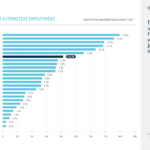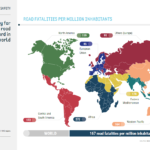Sovereign Wealth Funds(SWFs) have become powerful players in the global markets in recent years due to the amount of funds they control. A recent Reuters article mentioned that Norway’s Sovereign Wealth Fund owns 1% of all global stocks. The following is a summary of important points from “Assessment and Outlook for Sovereign Wealth Funds”, Focus, Banque De France. I have also used other sources when required.
The oldest sovereign fund, The Kuwait Investment Authority, dates back to the 1950s while the Abu Dhabi Investment Authority and the Singaporean fund, Temasek Holdings, were set up in the 1970s
What are Soverign Funds?
According to IMF:
“Sovereign wealth funds are defined as special purpose investment funds or arrangements, owned by the general government. Created by the general government for macroeconomic purposes, SWFs hold, manage, or administer assets to achieve financial objectives, and employ a set of investment strategies which include investing in foreign financial assets. The SWFs are commonly established out of balance of payments surpluses, official foreign currency operations, the proceeds of privatisations, fiscal surpluses, and/or receipts resulting from commodity exports.”
SWFs are of two types:
Commodity funds (or stabilisation funds) manage the guaranteed revenue of commodity-exporting countries oil, gas, precious metals, etc.).
Non-commodity funds manage the resources derived from current account and financial account surpluses or budget revenues.
The size of sovereign funds grew spectacularly over the pas few years upto 2008 due to the rise in commodity prices (mainly oil and gas) and the conjunction of macro-economic factors and foreign exchange policies for non-commodity funds.From about $500 B at the start 1990 the asset size of the 10 largest funds increased to over $3T by early 2008.
The Ten Largest SWFs:
Click to Enlarge
The annual growth rate of SWFs could reach 10% to 20% between 2008 and 2012, with outstanding amounts between $5T and $10 T.



